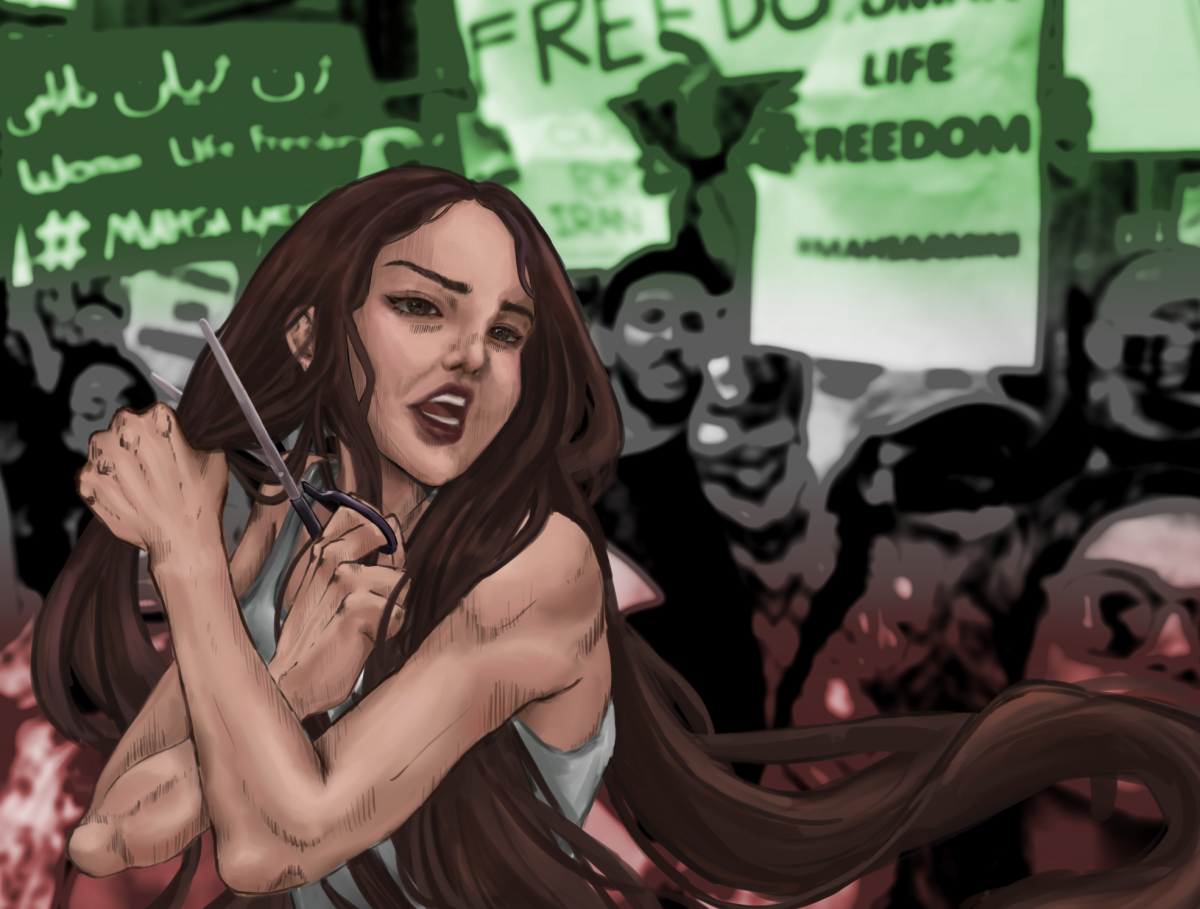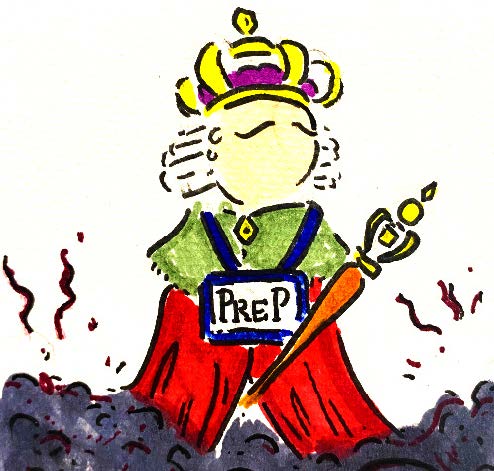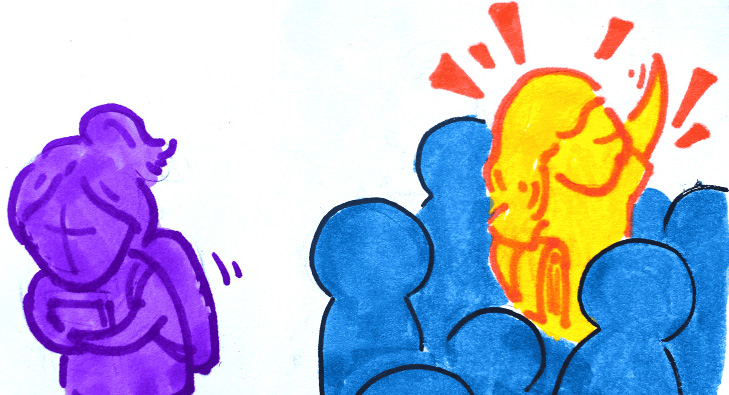Burning hijabs. The unity of men and women in protests. Civil unrest. Iranians have had enough. Protests have sparked across the country after the unjust death of a 22-year-old Kurdish-Iranian woman, Mahsa Zhina Amini. Amini was detained by the Tehran Guidance Patrol, more commonly known as the morality police, on September 13, 2022, after failing to comply with the Iranian dress code, which strictly requires any female older than 9 years old to completely cover their body and hair with a veil. She was brought to the Vozara Detention Center in Tehran, where she fell into a coma after being beaten; 3 days later, she was pronounced dead.
After the revolution in 1979, which included overthrowing the Iranian monarchy, the new ruler, Khomeini, announced that all women should wear a veil in public beginning March 7, 1989. The Iranian constitution defines the country as an “Islamic Republic”, so the dress code arises from the belief that Muslim women should wear veils to cover their body and hair. Although the morality police were founded in the 1940s, they were focused on socio religious matters through informal means, but beginning 1979, they were made official to impose a dress code on women. Today, under the rule of supreme ruler, Ali Khamenei, the guidance patrol is more strict than ever on a woman following the dress code.
If a woman walks in public without a veil, whether accidental or intentional, she can be beaten with up to 74 lashes. In addition, she can suffer illegal beatings, knife attacks, and acid attacks from angry officials and bystanders. For Amini, the slipping of her veil caused a brutal and painful death.
The International Covenant on Civil and Political Rights (ICCPR), is a treaty that guarantees citizens’ freedom of expression, privacy, and religion. Although the organization was ratified by Iran in 1975, they have failed to abide by the restrictions set by the treaty, which is why many United Nations officials have expressed their belief that the hijab law should be abolished.
I believe Iran should abolish its hijab law immediately. Imposing a dress code brings up a bigger issue over women’s rights — it is a clear sign of gender-based discrimination. The hijab mandate threatens the agency of Iranian women over their own bodies and limits their capacity for self-expression. If a woman chooses to dress modestly because of her religion or personal beliefs, that decision is up to her. But, as human beings, we are all allowed to choose which aspects of a religion or culture we follow, so, it is unethical to abuse a woman over her choice to show hair, dress colorfully, or wear tight-fitting clothes.
Amini isn’t the first woman who died as a result of police brutality, nor are the protests that followed fully unprecedented. The day after the hijab law was sanctioned in 1979, women all across the country began unveiling themselves. So, what makes Amini’s death different? Amini wasn’t protesting like many other women; rather, her veil unintentionally slipped. Furthermore, she wasn’t just given a warning or detained – she was brutally murdered. Amini’s death has triggered overwhelming feelings of frustration over womens’ lack of freedom that have been building up for decades. Her death sparked a social movement that won’t end, despite violent responses from the police, until justice is served. I firmly believe that Iran’s citizens, united, can change their country forever.






